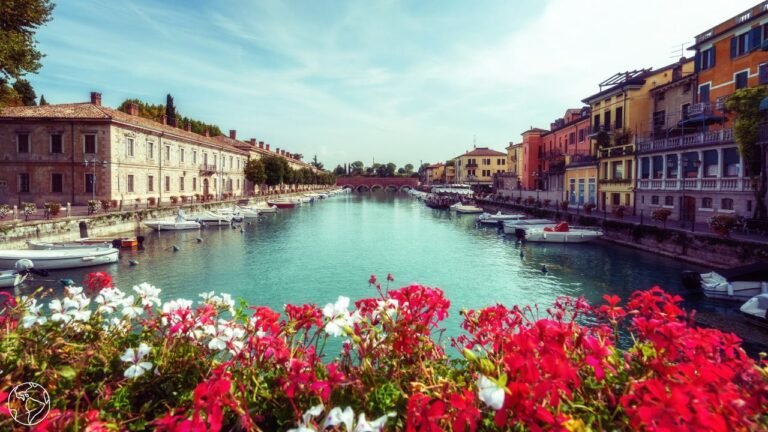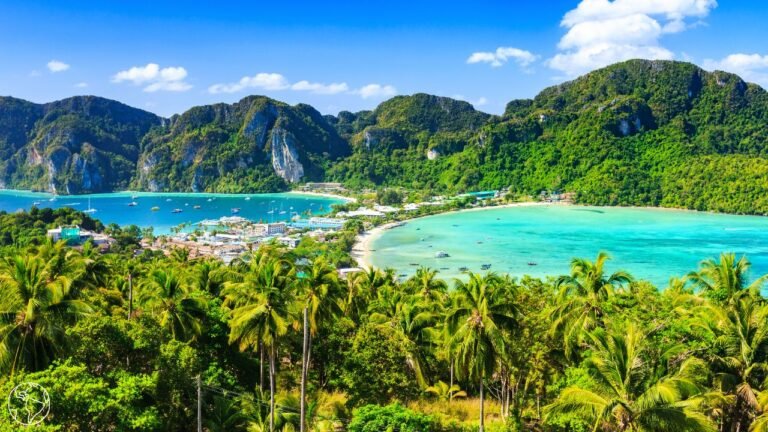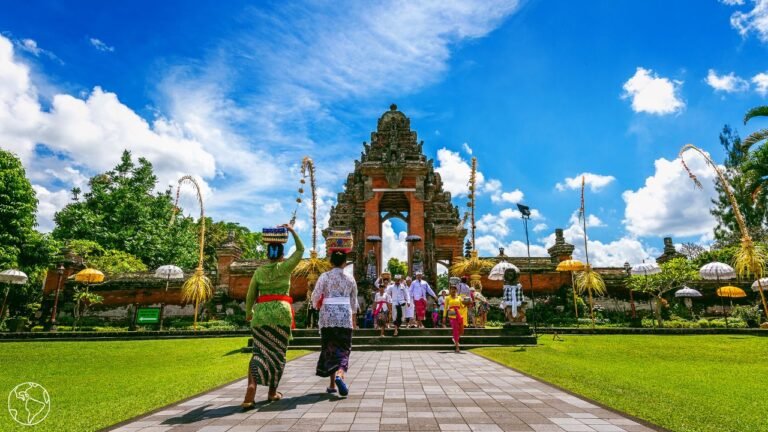If you feel rushed and stressed on your trips, slow travel might be the solution you need. Slow travel means staying longer in fewer places, allowing you to connect with the local culture and enjoy your surroundings without hurry. This approach helps you relax, see a destination more deeply, and make memories that last.
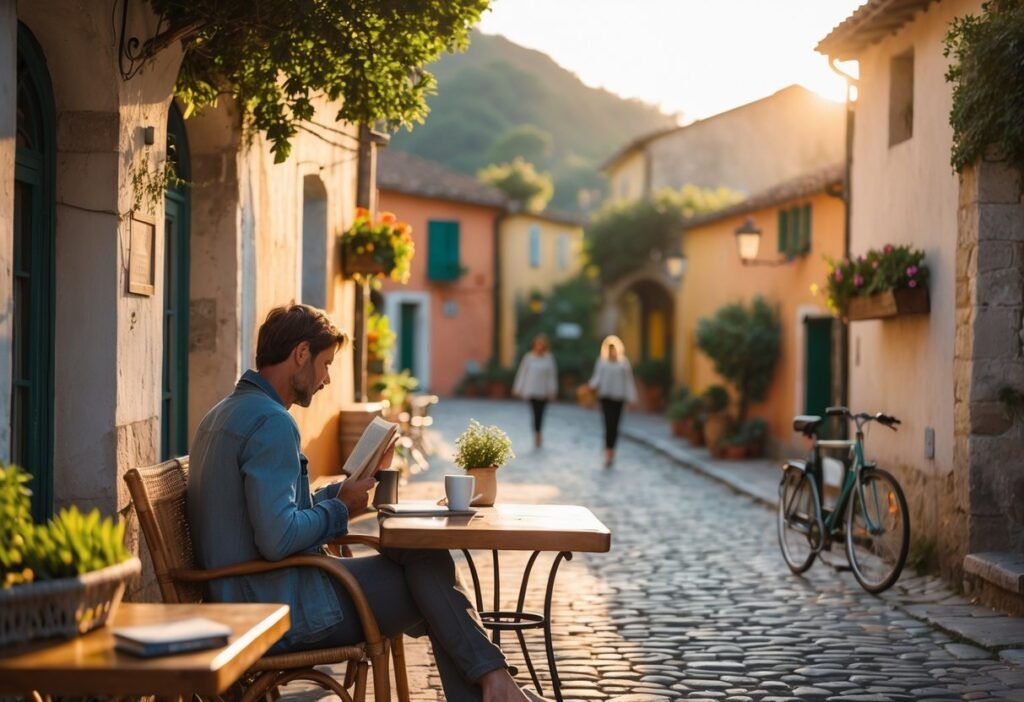
By slowing down, you avoid the stress of trying to check off every tourist spot. Instead, you get to explore hidden gems, talk with locals, and enjoy the moment. This not only makes your trip more meaningful but can also lower your travel costs and reduce your environmental impact.
Planning slow travel involves choosing fewer destinations and giving yourself enough time to settle in and explore. Focus on quality over quantity, and let yourself be open to new experiences. This way, your trip becomes less about rushing and more about truly experiencing the places you visit.
Why Slow Travel Makes Your Trip Better
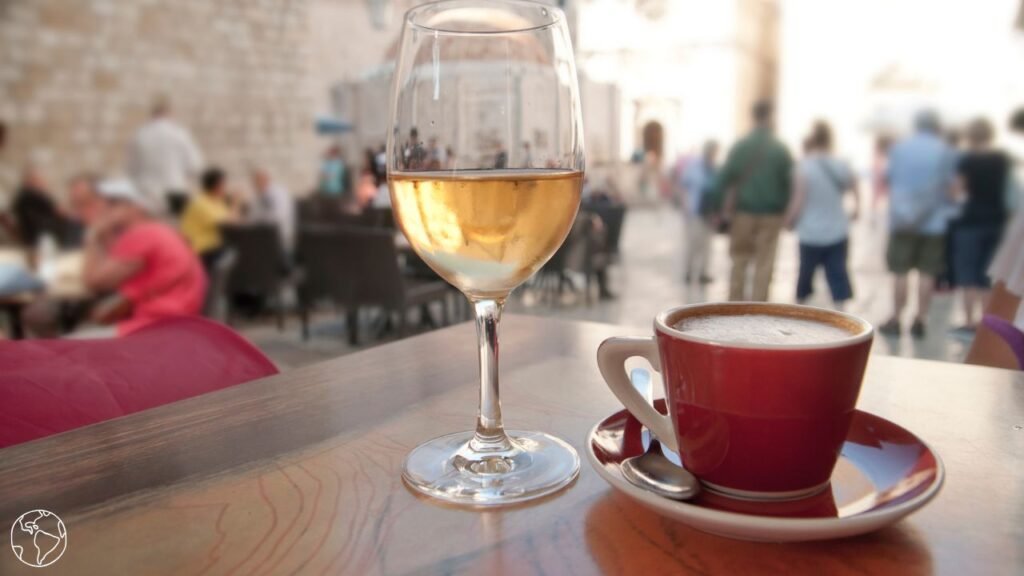
When you slow down and stay longer in fewer places, your trip becomes more meaningful and enjoyable. You get richer travel experiences, connect better with local culture, and truly rest during your vacation.
Quality Over Quantity: Deeper Travel Experiences
By focusing on fewer destinations, you allow yourself time to explore places more fully. Instead of rushing through many sites, you can visit museums, parks, and neighborhoods with care. This gives you a clearer understanding of what makes each location special.
Spending more days in one place lets you discover hidden gems often missed by quick visits. You can spend afternoons at local markets or take relaxed walks, experiencing daily life instead of just tourist highlights. Your memories will be stronger and longer-lasting because you absorb more details.
Cultural Immersion and Local Connections
When you stay longer, you have a better chance to meet locals and learn about their lives. You can practice the language, try traditional foods, and participate in local events. This makes your travel more authentic and meaningful.
Slow travel gives you time to understand local customs and traditions, which is hard to do when moving quickly. You can build genuine relationships with people, which leads to a deeper appreciation of the culture around you. These connections often lead to unique experiences that typical travelers miss.
True Rest and Renewal on Vacation
Rushing from place to place can leave you exhausted and stressed. Slow travel breaks this pattern by giving you time to relax between activities. You can enjoy your vacation as a true break, helping you return home feeling refreshed.
With fewer travel days and less packing or transit stress, you focus more on leisure and enjoyment. Your trip can include quiet mornings, rest days, or spontaneous outings. This balance of activity and rest makes your vacation more satisfying and healthier for your mind and body.
Key Benefits of Staying Longer in Fewer Places

When you focus your trip on fewer places, you often save money, enjoy more local food, and make a real impact on the communities you visit. This approach changes how you experience a destination and how your travel shapes the local economy and culture.
Cost Savings and Better Value
Staying longer in one place usually lowers your overall travel expenses. You can get better deals on accommodation by booking weekly or monthly rates instead of paying daily prices. This lowers your lodging costs compared to moving frequently between cities.
You also save money by buying food from local markets and cooking for yourself. This is cheaper than eating out at restaurants all the time. And when you stay longer, you avoid frequent transport costs like flights or taxis.
Slowing down your travel means you don’t have to worry about last-minute expenses or rushed decisions, helping you stick to your budget more easily.
Regional Food Exploration
When you stay in one location longer, you get the chance to explore regional food more deeply. You can visit local markets regularly, ask residents about their favorite dishes, and try fresh, seasonal ingredients.
This approach lets you taste authentic cuisine that you might miss during quick trips. You can even learn to cook traditional meals, which enriches your overall travel experience.
Enjoying regional food this way supports a more sustainable lifestyle and helps you connect with the culture through its flavors.
Supporting Local Communities
Slow travel gives you the chance to support local businesses. Staying longer means you’ll likely shop, eat, and use services run by residents instead of big tourist companies.
This helps the local economy and encourages community growth. You also build connections with locals, which can lead to a richer understanding of their culture.
Choosing local over chains reduces the environmental impact of your trip and promotes sustainable tourism that benefits people living in the area.
How to Plan a Successful Slow Travel Journey
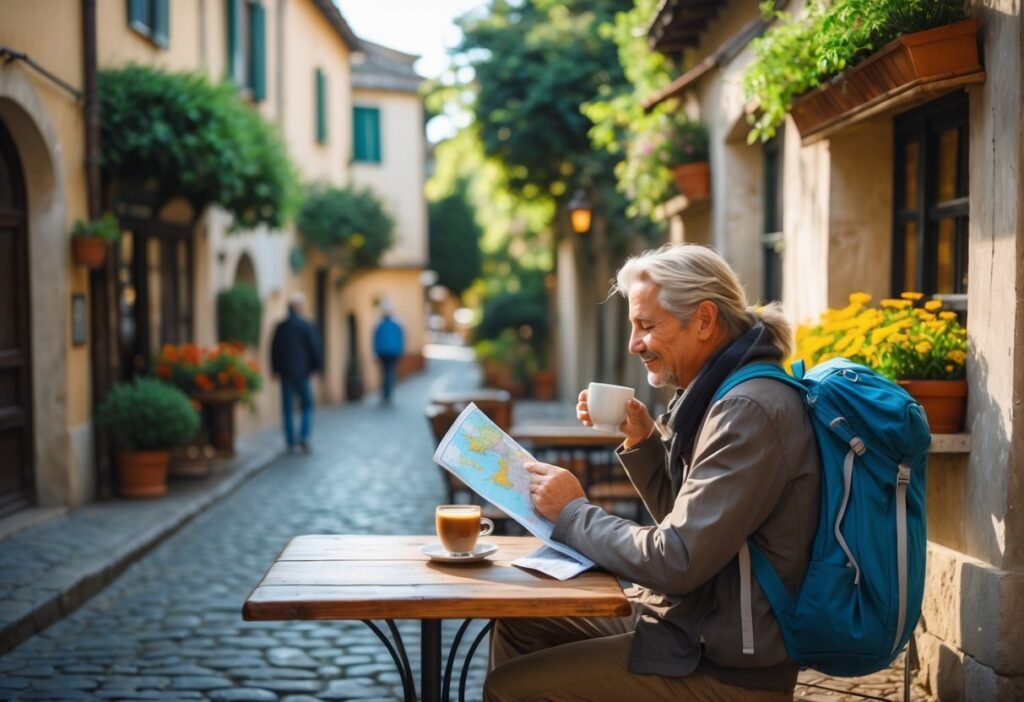
To make slow travel work, focus on choosing the right places where you can stay longer and feel at home. Build flexible plans that allow you to explore at your own pace. Consider options like workaway or remote work to support extended stays and deeper local connection.
Choosing Your Destination and Accommodation
Pick destinations that support longer visits and offer a lifestyle you enjoy. Smaller towns, rural areas, or cities with strong local culture work well. Places like Chiang Mai, Thailand, or Andalusia, Spain, are popular among slow travelers.
When selecting accommodation, consider options beyond hotels. Rentals like apartments or guesthouses let you settle in, cook meals, and live like a local. Also, check if hostels or homestays offer monthly rates to reduce costs.
Look for accommodations with good internet if you need to work remotely. Safety, accessibility, and nearby amenities should also guide your choice.
Creating Flexible Itineraries
Design your itinerary with plenty of open time. Instead of packing your days with activities, leave room for spontaneous exploration and rest. Allow multiple days in each place to really discover local life.
Focus on fewer destinations. Spending one or two weeks in each spot helps you settle in and connect with the community. Avoid strict schedules that rush you to see every attraction.
You can create a simple list of priorities, but keep your plans adjustable. This freedom helps you follow your energy and interest, making the trip more enjoyable and less stressful.
Planning for Extended Stays and Workaway
Extended stays often require planning beyond normal tourism. Research visa requirements for longer visits. Some countries offer special visas for digital nomads or extended tourism stays.
Workaway is a great way to support your trip while living locally. You exchange work for accommodation and sometimes meals. This lets you save money and build relationships with hosts and neighbors.
Make sure your workaway or volunteering fits your skills and schedule. Plan breaks so you don’t feel overcommitted. Extended stays give you time to immerse yourself, but balance is key.
Tips for Digital Nomads and Remote Workers
If you work while traveling, find destinations with reliable, fast internet. Cafes, co-working spaces, or accommodations with strong Wi-Fi will keep you productive.
Set a daily work schedule but remain flexible. This helps you finish tasks without feeling tied down. Use slow travel days to relax or try new local experiences when you’re off work.
Balance work and leisure by mixing days with full work, lighter tasks, and free time. Networking with other digital nomads can offer support and new friendships while you stay longer in one place.
Maximizing the Experience: Practical Advice

To get the most from slow travel, you need to focus on how you live in a place, your impact on the environment, and how you connect with people. Taking small steps in each of these areas deepens your travel experience and makes your trip more meaningful.
Living Like a Local
When you slow down, you have time to live more like a local. Stay in neighborhoods outside tourist areas. Shop at local markets instead of big stores. Eat at small family-run restaurants where residents go.
Try daily routines locals follow, such as morning walks or visiting community events. This helps you see the real culture, not just what’s meant for tourists.
Use public transport, walk, or bike to explore. This lets you notice small details around town. Avoid rushing between famous sights. Instead, spend time in parks, cafes, and public spaces.
Sustainable and Mindful Travel Practices
Choose travel methods that reduce your carbon footprint, such as trains, buses, or biking. Flying less is a key way to lower your environmental impact. Staying longer in fewer places means you won’t waste resources moving around constantly.
Bring reusable water bottles and bags to avoid plastic waste. Support local businesses and avoid chains to help the local economy. Be aware of your energy and water use, especially in areas with limited resources.
Respect local customs and environments. Avoid disturbing wildlife or using single-use products. Mindfulness in travel means understanding the effects of your actions and trying to leave a positive impact.
Learning the Language and Engaging Locally
Learning basic phrases helps you connect with locals more deeply. Even simple greetings or thank-you’s show respect and open doors to better interactions.
Attend local events, workshops, or classes to understand culture firsthand. Volunteering or joining community projects can provide meaningful bonds and insight.
Ask questions and listen actively when talking to residents. Avoid sticking only to tourism spots. Instead, explore everyday life and share experiences. This approach turns your trip into a real cultural exchange rather than just sightseeing.
Conclusion
Slow travel isn’t just a trend—it’s a mindset shift that can totally change how you experience the world. By staying longer in fewer places, you get to savor the details, build real connections, and maybe even leave a positive mark on the places you visit.
Sure, it takes a little more planning and patience, but if you’re willing to give it a try, you might just find it’s the most rewarding way to travel. Isn’t it worth trading a packed itinerary for a deeper, more memorable adventure?


